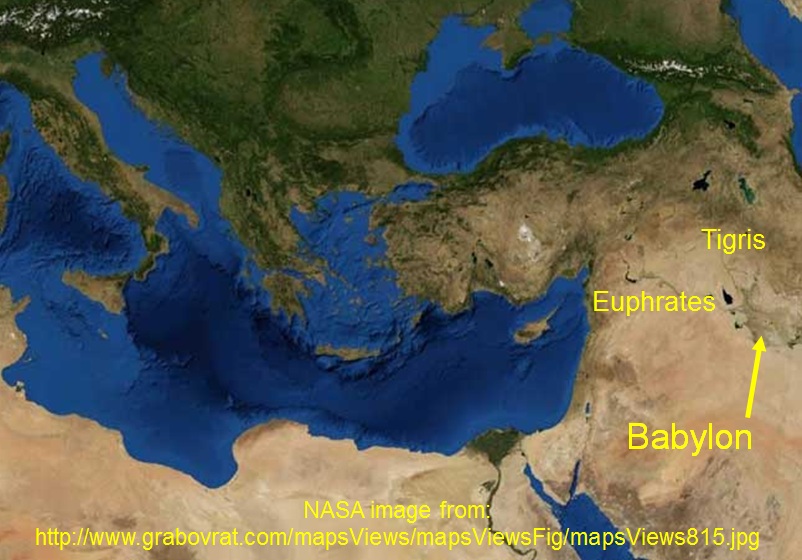
The Babylonians did not use algebraic symbols in the modern sense. Instead, they would state problems entirely in terms of words. The solution would be verbal instructions explaining how to solve the given problem, but there was no sense of generality or a formula. Many of the problems concerned partitioning of land and so involved areas and quadratics.

The ancient Egyptians could only solve quadratic equations involving x2 terms and constant terms, but not "mixed" equations involving both x2 and x terms.
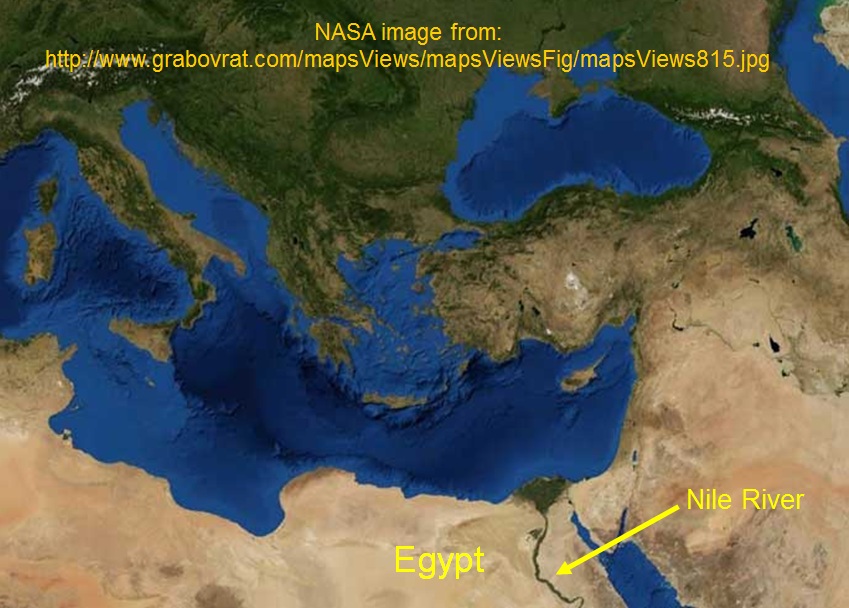
Diophantus is sometimes called the 'father of algebra.' Little is known about Diophantus-he lived sometime between 150 and 250 CE. His major work was Arithmetica, which mostly deals with number theory. His main contribution is to move forward the symbolic form of equations from the purely rhetorical style of the Babylonians to something more similar to our modern notation.

The Indian mathematician and astronomer Brahmagupta was the first to solve quadratic equations that involved negative numbers. He stated the rules for multiplying or dividing positive and negative numbers as: "The product or ratio of two debts is a fortune; the product or ratio of a debt and a fortune is a debt."

Muhammad ibn Musa al-Khwarizmi literally gave algebra its name when he published in Baghdad: Kitab al-jabr we al-muqabalah (The Condensed Book on Restoration and Balancing). In this book, the first systematic solution of quadratic equations was given, and this book remained the quintessential reference on the theory of equations for centuries.
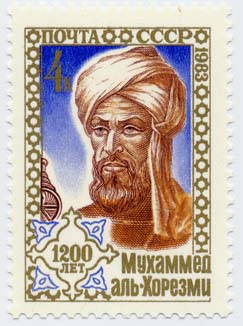
The quadratic equation was finally published in its general form in Europe in the 12th century by Abraham bar Hiyya Ha-nasi in his book Treatise on Measurement and Calculation.

In 1515, Scipione dal Ferro managed to solve cubic equations of the form ax3 + bx = c. He did not publish his results, but told them to his student Antonio Maria Fiore. At this point in time, one could attain prestige and promotions by participating in public mathematical contests. In 1535, Fiore challanged Niccolo Tartaglia to a "cubic solving contest."
Each contestant posed 30 problems for the other contestant to solve. All of Fiore's problems were of the form ax3 + bx = c. Tartaglia's problems were of a much greater variety. Tartaglia solved all of Fiore's problems in about 2 hours, and Fiore could not solve any of Tartagli's problems. This contest took Tartaglia from obscurity to the level of a mathematical celebrity. It is at the time of this contest that Tartaglia found the general solution to the cubic equation.
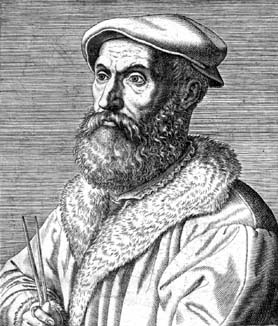
In 1540, Lodovico Ferrari solved the quartic equation.
Five years later, in 1545 Gerolamo Cardano published the book considered as the beginning of algebra as it is done today. The book was Ars magna (The Great Art). The cubic and quartic equations are explored in detail. Cardano and Tartaglia were involved in one of the most contentious episodes in the history of math, arguing over the publication of solutions to some of the cubic equations. None-the-less, the publication of Ars Magna and the rapid succession of the solutions of the cubics and quartics lead many to think that solutions of higher order equations were imminent.
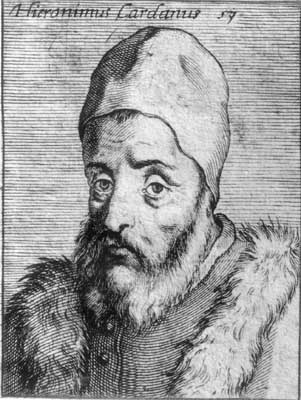 Cardano from MacTutor History of Mathematics archive. |
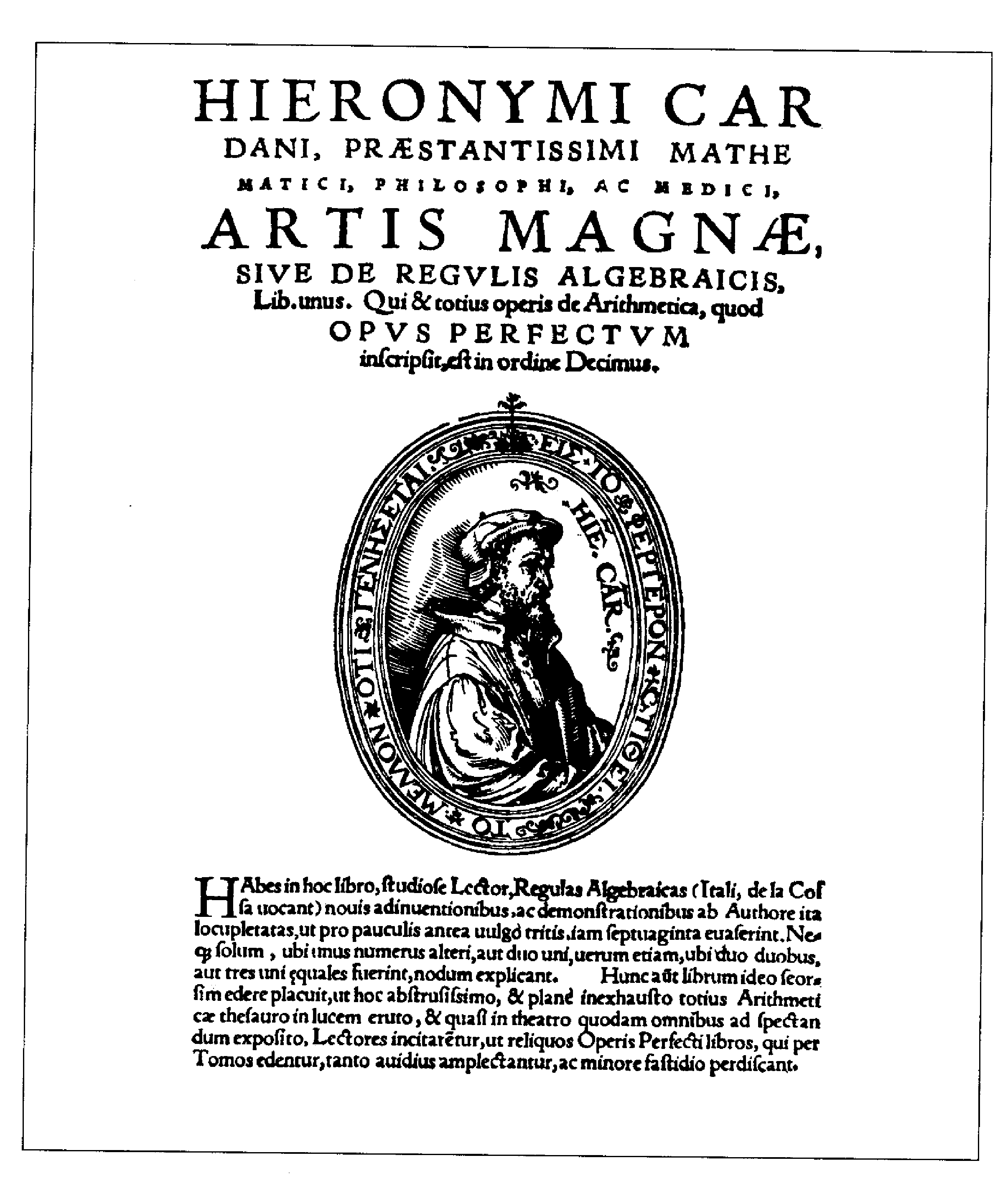 Ars Magna from nsm1.nsm.iup.edu/gsstoudt/history/images/arsmagna.html. |
A number of people unsuccessfully attempted to solve the quintic: Scot James Gregory, Ehrenfried Walther von Tschirnhaus, Etienne Bezout, and Erland Samuel Bring.
Paolo Ruffini published a two-volume, 516 page book, General Theory of Equations, in which he claimed to prove that there was no algebraic formula for the solutions to the quintic equation. However, the lengthy argument was difficult to follow and Ruffini tried to clarify his proof in new publications in 1803 and 1806. His proof never became widely known nor accepted. Subsequent study of the work reveals that he did not quite prove the claim.

In 1823, Norwegian mathematician Niels Henrik Abel ended the discussion of the question of our interest. He successfully proved that there is no algebraic equation to give the solutions to a general fifth degree polynomial equation. He was not aware of Ruffini's work. Abel was very poor. He published the result himself as a pamphlet in French and reduced his argument to only six pages. The pamphlet found no audience. In 1827, Abel published two papers on elliptic functions and introduced a technique to study the use of these non-algebraic functions to find solutions to polynomial equations. Abel's life is quite tragic and he died of tuberculosis in 1829 at the age of 26.
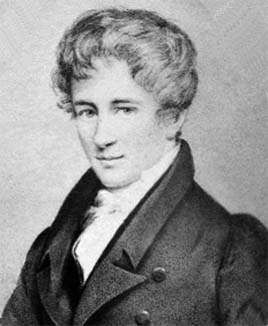
The question that Abel did not solve is the one of our interest: "When is there an algebraic equation which gives the solutions of a polynomial equation?" That is, what are the conditions on the coefficients of a polynomial which guarantee that the solutions to the resulting polynomial equation can be expressed in terms of the coefficients using addition/subtraction, multiplication/division, and extraction of roots? The solution to this question was given by an even more tragic figure than Abel... and even younger at the time of his success!
Go to the next section: Evariste Galois 1.
Last revised October 19, 2011.